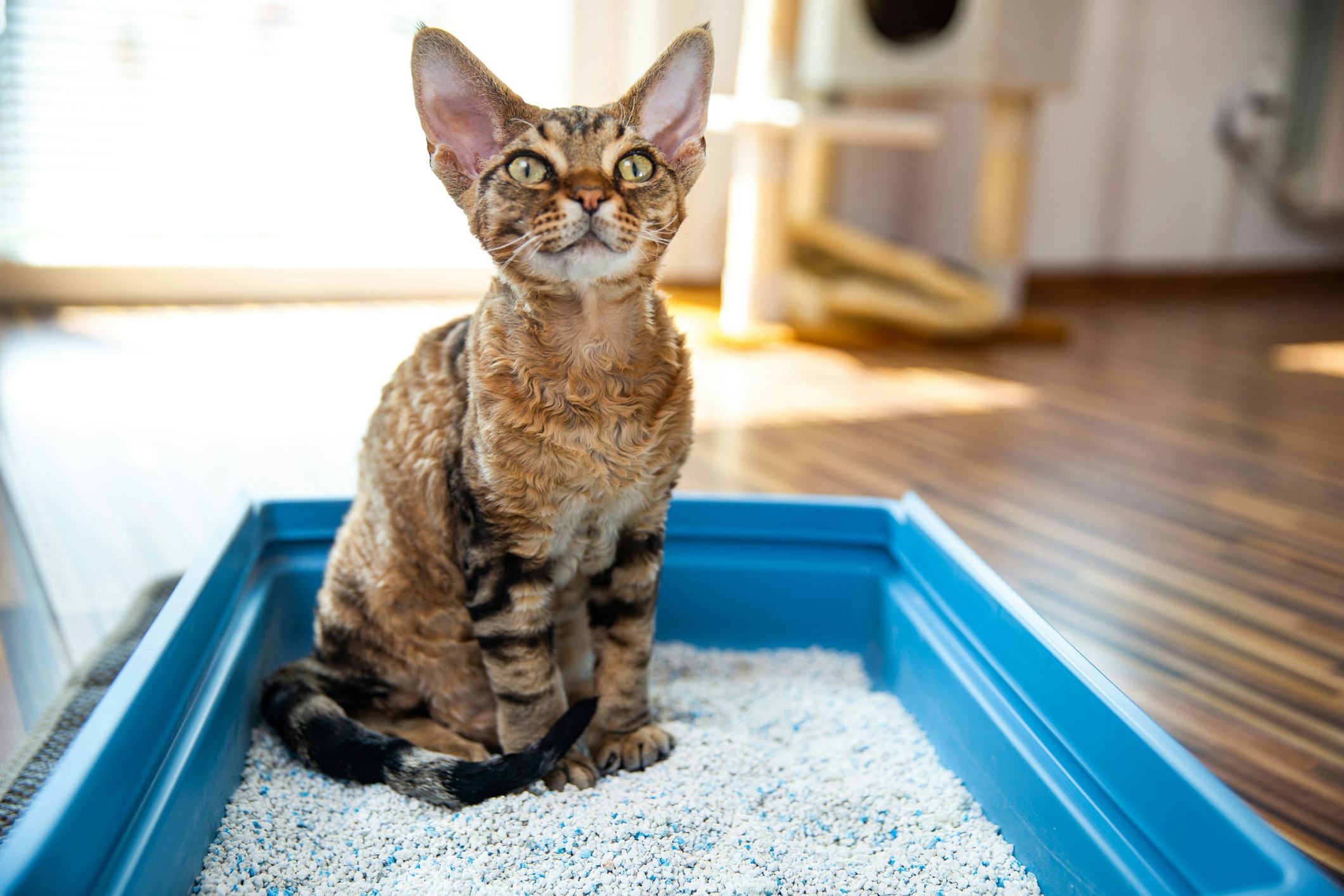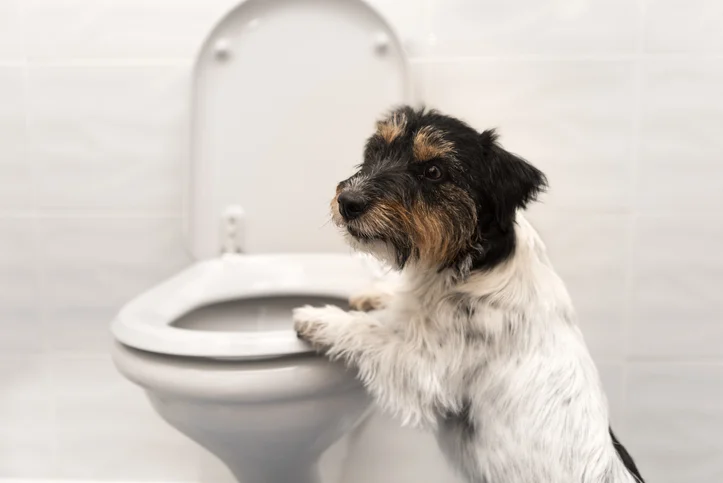My Significance of Proper Disposal of Animal Waste
My Significance of Proper Disposal of Animal Waste
Blog Article
Just how do you actually feel when it comes to Can You Flush Dog and Cat Poo Down the Toilet??

When it comes to dealing with waste, especially animal waste, lots of people commonly consider the hassle-free alternative of flushing it down the commode. Nevertheless, this relatively very easy remedy can have severe effects for the environment and public health. In this short article, we'll discover why flushing animal waste down the bathroom is a bad concept and offer alternate techniques for appropriate disposal.
Intro
Proper garbage disposal is essential for keeping environmental sustainability and public health. While it may seem safe to flush animal waste down the toilet, it can bring about various problems, both for the setting and human health.
Risks of flushing pet waste
Environmental influence
Purging animal waste presents damaging microorganisms and pathogens into rivers, which can adversely affect aquatic ecological communities. These virus can pollute water sources and harm aquatic life, disrupting fragile communities.
Public health problems
Pet waste consists of dangerous bacteria such as E. coli and Salmonella, which can pose severe wellness risks to people. Flushing pet waste down the commode can infect water supplies, bring about the spread of conditions and infections.
Alternatives to flushing
Instead of purging animal waste down the bathroom, there are several alternative disposal approaches that are much more environmentally friendly and hygienic.
Composting
Composting pet waste is a green means to dispose of it. By composting, raw material is broken down into nutrient-rich dirt, which can be utilized to feed yards and plants.
Landfill disposal
Taking care of pet waste in a landfill is one more choice. While not as eco-friendly as composting, it is a more secure choice to flushing, as it stops the contamination of water sources.
Family pet garbage disposal systems
There are customized pet garbage disposal systems offered that safely and hygienically take care of pet waste. These systems often make use of enzymes to break down waste and eliminate smells.
Actions to correct animal garbage disposal
To guarantee proper disposal of animal waste, follow these actions:
Scooping and getting waste
Frequently scoop and bag animal waste using biodegradable bags. This avoids waste from infecting the atmosphere.
Using marked waste bins
Dispose of bagged pet waste in marked waste bins, such as compost bins or landfill bins. Prevent flushing it down the commode whatsoever expenses.
Cleaning can and pet locations frequently
On a regular basis clean litter boxes and animal locations to stop the buildup of waste and bacteria. Usage pet-safe cleansing items to preserve health.
Benefits of proper disposal approaches
Embracing correct disposal approaches for pet waste uses several benefits:
Decreased environmental pollution
Appropriate disposal approaches lower the danger of environmental pollution, safeguarding waterways and ecological communities from contamination
Lessened threat of water contamination.
By avoiding flushing animal waste down the bathroom, the threat of water contamination is significantly minimized, protecting public health.
Boosted sanitation and hygiene
Appropriate disposal techniques advertise far better cleanliness and health, creating a much safer environment for both humans and pets.
Verdict
To conclude, purging animal waste down the toilet is unsafe to the atmosphere and public health. By taking on different disposal approaches and complying with proper waste administration techniques, we can lessen the adverse influence of pet waste and contribute to a cleaner, healthier planet.
What To Do With Dog Poo – The Do's And Don'ts Of Disposing Of Faeces
Dog poo bins
Some councils provide dedicated dog waste bins in popular dog-walking areas that can take dog poo that has been bagged but you can legally dispose of dog waste in any public litter bin, as long as it is securely bagged. This also applies to your wheelie bin at home.
Do not flush
Water companies do not recommend flushing dog faeces down the toilet because certain parasites can survive the water processing treatment and are potentially harmful to humans. You should also never consider flushing dog poo that has been bagged down the toilet as the bags will not break down and instead create severe blockages in the sewage system.
In the woods
The Forestry Commission promotes a ‘stick and flick’ method for dealing with waste in the woods. This means finding a stick and using it to flick any poo from off the path so that it is out of the way of other walkers. You could also bury it as long as it is not in an area where there might be livestock.
Livestock
Parasites found in dog poo can be transmitted to livestock if they inadvertently eat infected faeces that has been left on grazing land. This could result in the death of sheep or abortion in cattle so you should always make sure you pick up your dog’s waste in fields where livestock could be present.

On a regular basis clean litter boxes and animal locations to stop the buildup of waste and bacteria. Usage pet-safe cleansing items to preserve health.
Benefits of proper disposal approaches
Embracing correct disposal approaches for pet waste uses several benefits:
Decreased environmental pollution
Appropriate disposal approaches lower the danger of environmental pollution, safeguarding waterways and ecological communities from contamination
Lessened threat of water contamination.
By avoiding flushing animal waste down the bathroom, the threat of water contamination is significantly minimized, protecting public health.
Boosted sanitation and hygiene
Appropriate disposal techniques advertise far better cleanliness and health, creating a much safer environment for both humans and pets.
Verdict
To conclude, purging animal waste down the toilet is unsafe to the atmosphere and public health. By taking on different disposal approaches and complying with proper waste administration techniques, we can lessen the adverse influence of pet waste and contribute to a cleaner, healthier planet.
What To Do With Dog Poo – The Do's And Don'ts Of Disposing Of Faeces
Dog poo bins
Some councils provide dedicated dog waste bins in popular dog-walking areas that can take dog poo that has been bagged but you can legally dispose of dog waste in any public litter bin, as long as it is securely bagged. This also applies to your wheelie bin at home.
Do not flush
Water companies do not recommend flushing dog faeces down the toilet because certain parasites can survive the water processing treatment and are potentially harmful to humans. You should also never consider flushing dog poo that has been bagged down the toilet as the bags will not break down and instead create severe blockages in the sewage system.
In the woods
The Forestry Commission promotes a ‘stick and flick’ method for dealing with waste in the woods. This means finding a stick and using it to flick any poo from off the path so that it is out of the way of other walkers. You could also bury it as long as it is not in an area where there might be livestock.
Livestock
Parasites found in dog poo can be transmitted to livestock if they inadvertently eat infected faeces that has been left on grazing land. This could result in the death of sheep or abortion in cattle so you should always make sure you pick up your dog’s waste in fields where livestock could be present.

I found that write up on 10 Things You Should Never Flush Down The Toilet while doing a search on the search engines. Appreciated our content? Please share it. Let someone else locate it. Thank you for your time. Kindly visit our site back soon.
Call Report this page